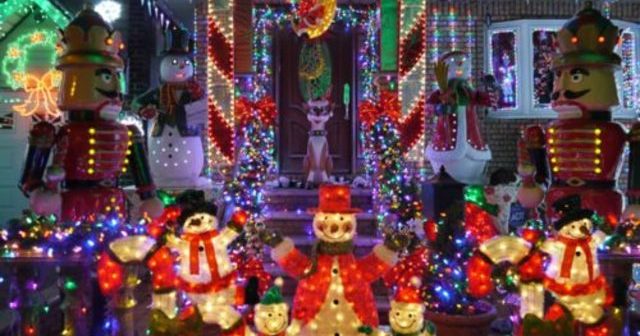“It’s beginning to look a lot like Christmas; everywhere you go” (Johnny Mathis). The Christmas season is filled with the pine scent of beautiful Christmas trees, gifts with huge bows, smiles, and gorgeous Christmas decorations. However, the most captivating and stunning sight is the Christmas lights. Kids and their parents are thrilled at the display of beautiful monochromic or multicolored lights. Christmas lights have the effect of adding a happy feeling to the holiday season as everyone is mesmerized.
Despite the alluring lights and the thrill, it brings, it’s vital to know the cost of electricity during the holiday season. Christmas lights are plugged in during the day, but mostly at night. Hence, individuals enter the New Year with a hefty electricity bill and are appalled at the charges. Therefore, it is beneficial to comprehend electrical charges during the Yuletide season and find ways to calculate how much power is used to avoid a sizeable electrical bill.
For instance, according to an article from The Washington Post, a single strand of 100 mini Christmas lights on a Christmas tree is calculated to be approximately 44.7 watts or 0.447 watts per bulb; this can be calculated via a device known as “The Watts Up Pro.” This device enables one to plug in various devices and calculates the power the device uses. As reported by The Washington Post’s article from 2017, the figure depicts the approximate cost of running different kinds of Christmas lights in 45 days at 12 hours per day, at the cost of 12 cents per kilowatt hours.
A C9 incandescent string of 25 costs $15.21, a mini incandescent string of 100 costs $3.53; a C9 LED string of 25 is priced at $0.21, and a Mini LED string of 100 is $0.41. Based on these
findings the old-fashioned incandescent bulbs are more expensive to run than modern bulbs. This price difference is because incandescent C9 bulbs (plump-shaped) are mostly used for outdoors. These types of lights use 175 watts of electricity which results in a substantial price of $15.21. On the other hand, the C9 LED’s use 2.4 watts which make them the most cost-effective lights to use. For example, if an individual decides to run a total of 10 strings of 100 mini-lights, running incandescent lights will be a setback of $35 over the holiday season. However, if one decides to choose only LEDs, it costs no more than $5.
With reference to The Washington Post, individuals would be saving greatly if they use C9 lights. Another study mentioned in the same article concludes that LED lights are becoming more widespread. Unfortunately, consumers don’t have much knowledge about savings while still having alluring lights, so they continue to add more lights to their displays. The price of running 25 incandescent C9 lights for the holidays could be the same as 1,800 LED lights of the same size.
As the Christmas season is filled with individuals painting, remodeling their homes and of course buying Christmas gifts, causing individuals to be low on cash, everyone should seek to be thrifty when putting up Christmas lights while still being able to admire their homes.





